Highlights:
- Introduces a novel Lookahead Anchoring technique for audio-driven human animation.
- Solves the long-standing problem of identity drift in autoregressive generation.
- Enables stable and expressive character motion without separate keyframe generation.
- Demonstrates superior lip-sync accuracy and identity preservation across multiple models.
TLDR:
A team of computer vision researchers has unveiled Lookahead Anchoring, a new method for maintaining character identity in audio-driven human animation. By using future keyframes as directional guides, the approach enhances realism and consistency without sacrificing natural motion.
Audio-driven human animation technology has made remarkable progress in recent years, enabling lifelike avatars that move and speak in sync with real audio inputs. However, one persistent challenge has been the issue of identity drift—an undesirable phenomenon where the generated character gradually loses its original facial and identity features over time. Addressing this complex problem, researchers Junyoung Seo (https://arxiv.org/search/cs?searchtype=author&query=Seo,+J), Rodrigo Mira (https://arxiv.org/search/cs?searchtype=author&query=Mira,+R), Alexandros Haliassos (https://arxiv.org/search/cs?searchtype=author&query=Haliassos,+A), Stella Bounareli (https://arxiv.org/search/cs?searchtype=author&query=Bounareli,+S), Honglie Chen (https://arxiv.org/search/cs?searchtype=author&query=Chen,+H), Linh Tran (https://arxiv.org/search/cs?searchtype=author&query=Tran,+L), Seungryong Kim (https://arxiv.org/search/cs?searchtype=author&query=Kim,+S), Zoe Landgraf (https://arxiv.org/search/cs?searchtype=author&query=Landgraf,+Z), and Jie Shen (https://arxiv.org/search/cs?searchtype=author&query=Shen,+J) have introduced an innovative framework called Lookahead Anchoring. This approach aims to maintain consistent character identity through extended sequences by guiding the model using information from anticipated future keyframes.
Traditionally, animation models rely on generating intermediate keyframes to anchor and stabilize output quality. While effective, this method often adds processing overhead and restricts natural motion dynamics. Lookahead Anchoring eliminates this limitation by transforming keyframes from static temporal boundaries into dynamic ‘directional beacons’. The algorithm leverages information from future time steps, allowing the model to ‘look ahead’ as it generates each frame. This design creates a smoother and more coherent animation flow, balancing expressivity with identity stability. Moreover, the system supports a self-keyframing mechanism in which the reference image of the target character doubles as the lookahead target—completely obviating the need for a separate keyframe generation module.
Technically, Lookahead Anchoring introduces a new way of temporal conditioning in autoregressive generation processes. By adjusting the lookahead distance, the model can control the trade-off between character consistency and expressive motion. A greater lookahead distance gives the model more freedom for dynamic expressions, while a shorter one ensures tighter identity adherence. When tested on three state-of-the-art animation architectures, the method achieved higher fidelity in lip synchronization, facial consistency, and visual smoothness. This makes the technique a promising tool for virtual humans, digital influencers, remote communication avatars, and future metaverse content creation. The research team’s findings open new pathways for blending realism, control, and adaptability in human animation systems built on AI-driven audio cues.
Source:
Source:
Original research paper: ‘Lookahead Anchoring: Preserving Character Identity in Audio-Driven Human Animation’ by Junyoung Seo et al., arXiv:2510.23581 [https://arxiv.org/abs/2510.23581].
